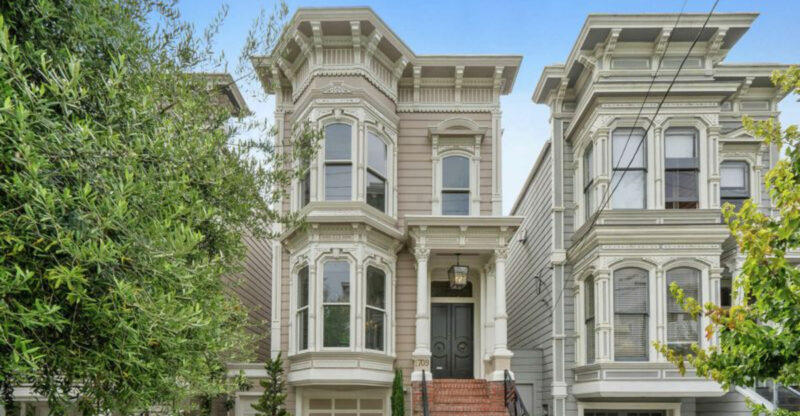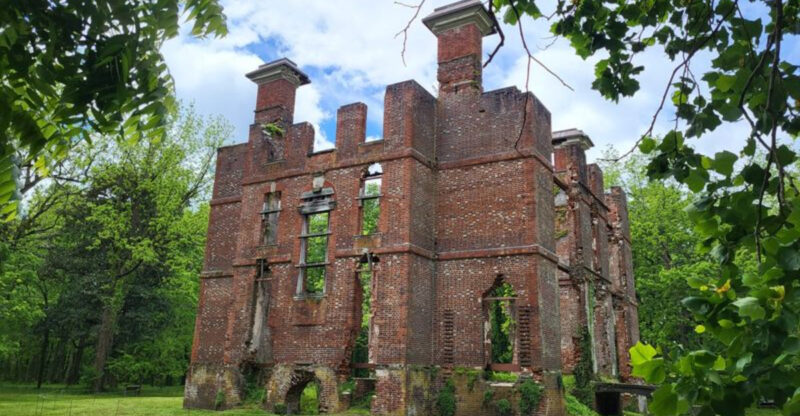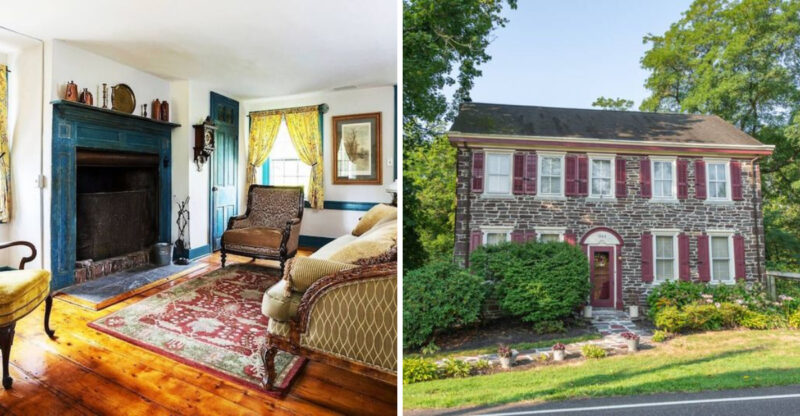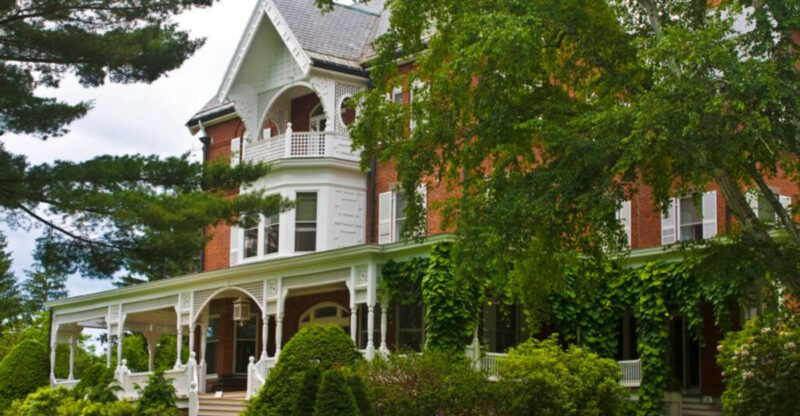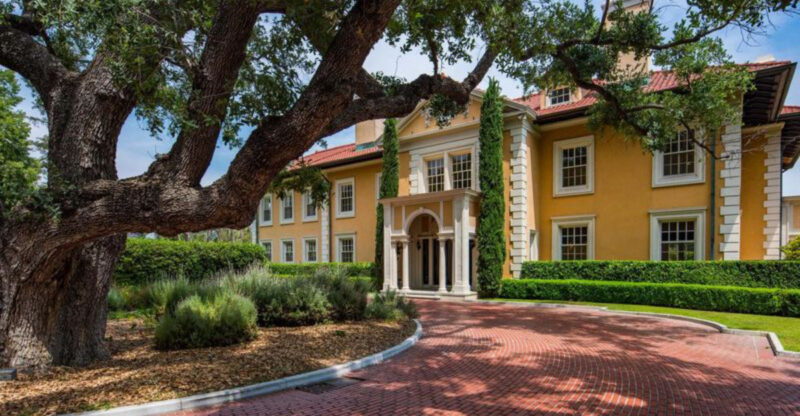7 Traditional Streetfront Styles That Shaped Cleveland’s Look And 3 Absolute Favorites
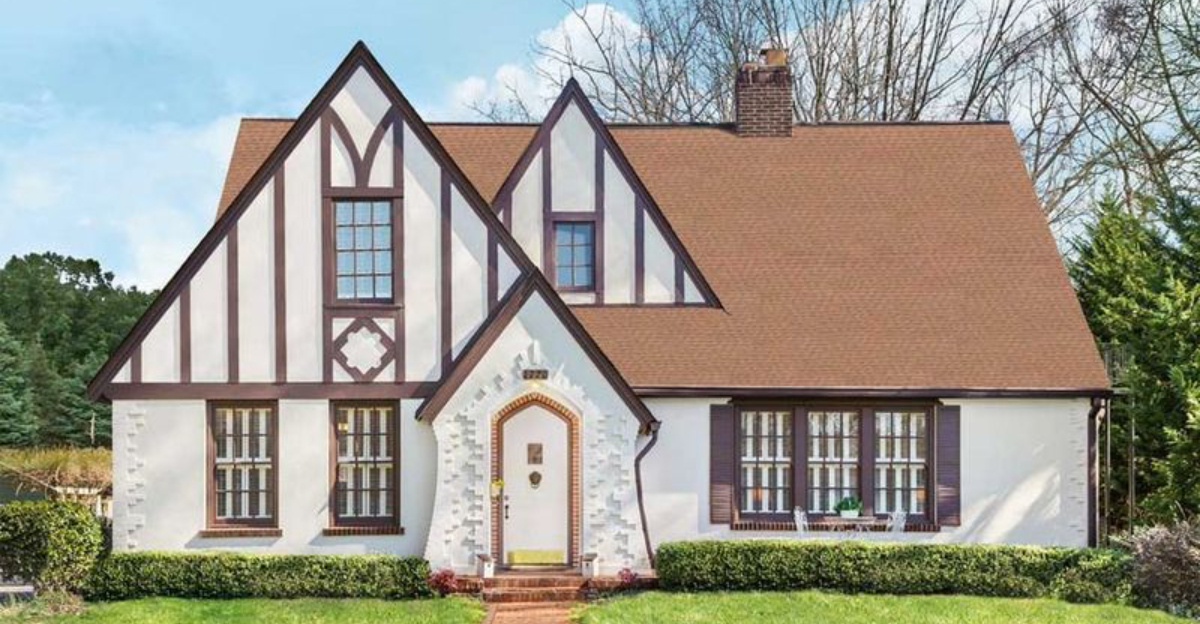
Cleveland’s streets tell a story through their distinctive architectural designs.
Walking through neighborhoods like Ohio City, Tremont, and Shaker Heights feels like flipping through the pages of America’s architectural history book.
From stately Colonial Revivals to charming Tudor cottages, these building styles have given Cleveland its unique character and charm. Let’s explore the seven traditional streetfront designs that defined our city and three absolute favorites that continue to capture hearts today.
1. Colonial Revival Homes
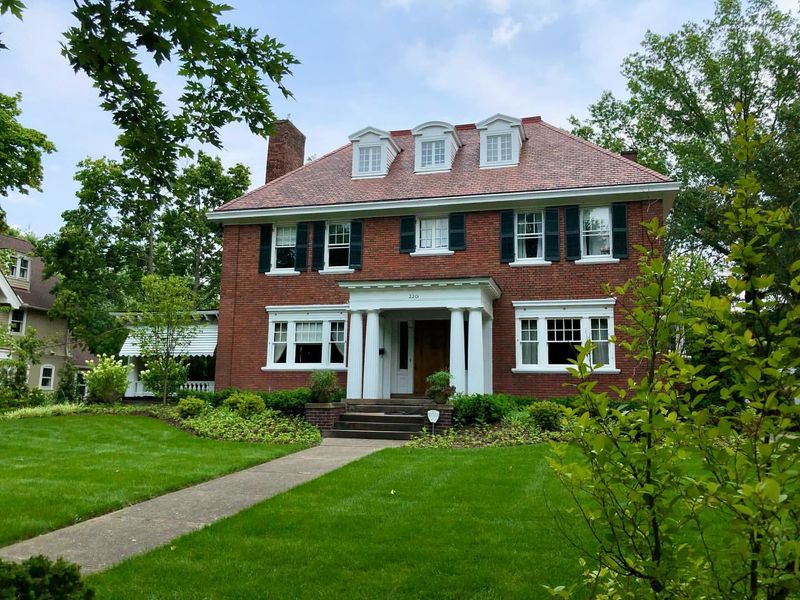
Standing tall and symmetrical, Colonial Revival homes became popular in Cleveland during the early 1900s. These elegant dwellings feature centered front doors, evenly spaced windows, and classic columns that exude timeless American charm.
Many Cleveland neighborhoods showcase these homes with their distinctive shutters and brick or clapboard siding. Shaker Heights and Cleveland Heights contain particularly fine examples where wealthy industrialists built these stately residences.
The style draws inspiration from early American architecture but typically offers more spacious interiors than their historical counterparts. With their formal appearance and grand entryways, Colonial Revivals continue representing stability and tradition in Cleveland’s architectural landscape.
2. Victorian Gables
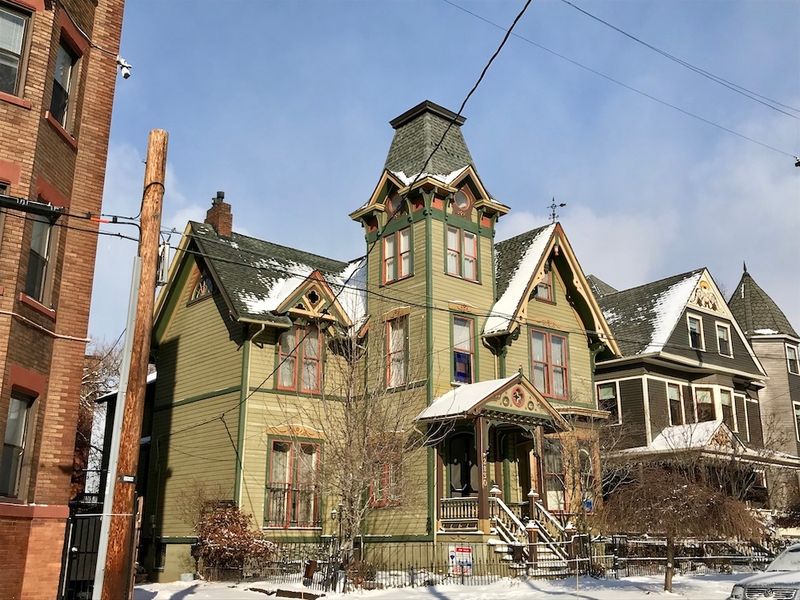
Victorian-era homes with their intricate gables transformed Cleveland’s residential streets between 1880 and 1910. These architectural beauties feature elaborate woodwork, decorative trim, and steep, complex roof lines that make them instantly recognizable from blocks away.
Tremont and Ohio City neighborhoods boast spectacular examples where wealthy merchants once lived. The ornate detailing includes carved brackets, patterned shingles, and colorful paint schemes that highlight architectural elements.
Though requiring significant maintenance, Victorian gables remain beloved for their distinctive character and historical significance. Each home tells a unique story through its design choices, with no two Victorians exactly alike—a testament to the craftsmanship of Cleveland’s early builders.
3. Craftsman Bungalows
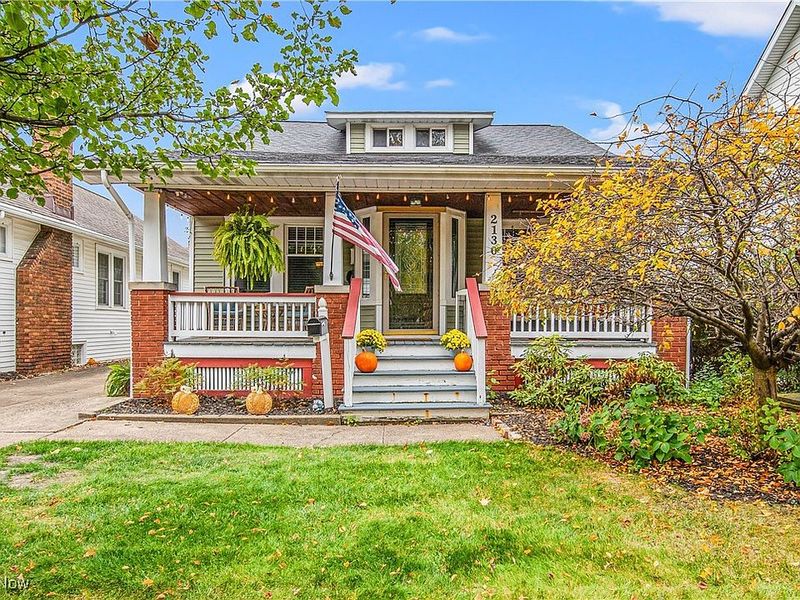
Craftsman bungalows brought affordable charm to Cleveland’s middle-class neighborhoods in the early 20th century. These cozy homes feature low-pitched roofs, wide eaves, exposed rafters, and welcoming front porches that invite community interaction.
Built primarily between 1905 and 1930, Craftsman homes emphasize natural materials and handcrafted details. Inside, you’ll find built-in cabinets, window seats, and woodwork that showcase the Arts and Crafts movement’s influence on Cleveland architecture.
Lakewood contains particularly dense collections of these practical yet beautiful homes. The style represented a rejection of Victorian fussiness in favor of simplicity and craftsmanship. Today, these bungalows remain highly sought-after for their character, efficient use of space, and connection to Cleveland’s working-class heritage.
4. Brick Rowhouses
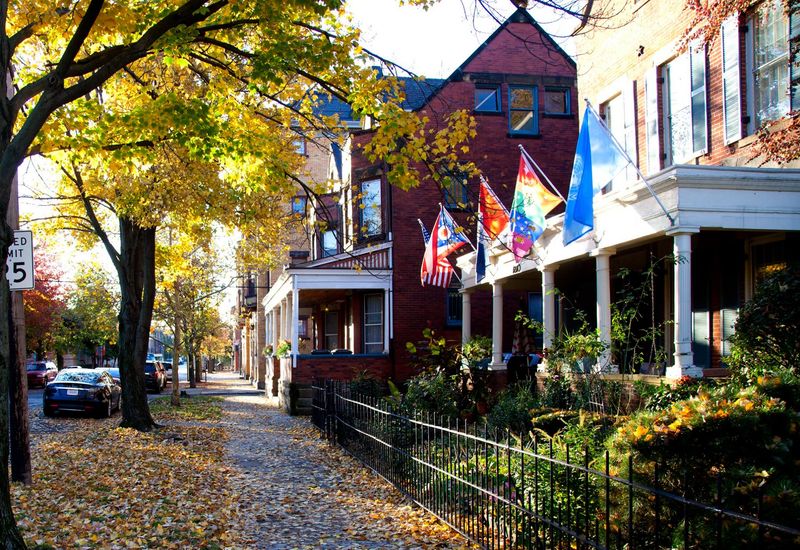
Brick rowhouses line many Cleveland streets, particularly in older neighborhoods near downtown. These practical urban dwellings share walls with neighboring units, creating unified streetscapes that maximize space while minimizing construction costs.
During Cleveland’s industrial boom years, rowhouses provided efficient housing for workers and their families. The Ohio City and Tremont neighborhoods showcase excellent examples, with their uniform facades punctuated by individualized details like colored doors, window boxes, and small stoops.
Many rowhouses feature decorative brickwork that demonstrates the skill of immigrant masons who built them. Despite their compact footprints, these homes often contain surprisingly spacious interiors. Their enduring popularity stems from their urban convenience, solid construction, and the way they create a strong sense of street presence.
5. Tudor-Style Cottages
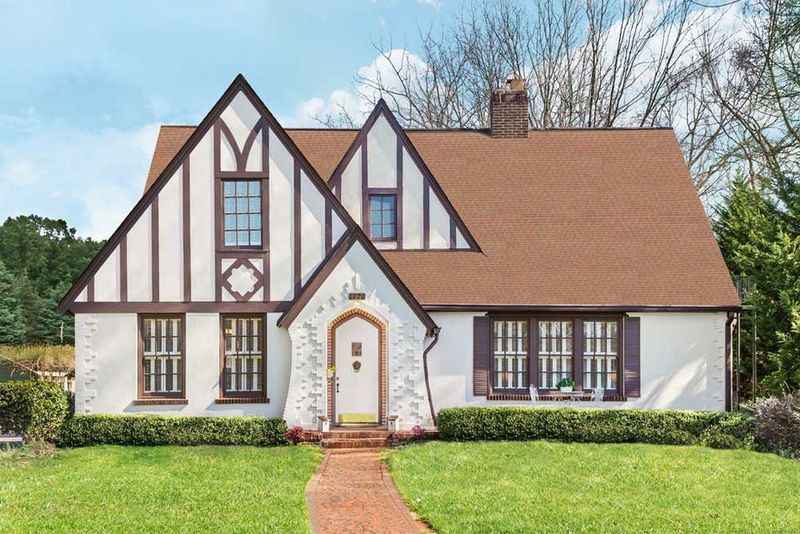
Tudor-style cottages bring old-world charm to Cleveland’s residential streets with their distinctive half-timbering, steeply pitched roofs, and decorative stonework. These homes became especially popular during the 1920s and 1930s when Cleveland’s economy was booming.
Cleveland Heights and Shaker Heights contain numerous examples where the style’s romantic English countryside aesthetic appealed to upwardly mobile families. The homes typically feature asymmetrical designs with prominent cross gables and tall, narrow windows with diamond-patterned leaded glass.
What makes these cottages special is their storybook quality—each seems plucked from a European fairy tale. Arched doorways, decorative chimneys, and rustic exterior materials create a cozy, established feel. Their enduring appeal lies in their unique character and solid construction that has weathered decades of Cleveland winters.
6. American Foursquare
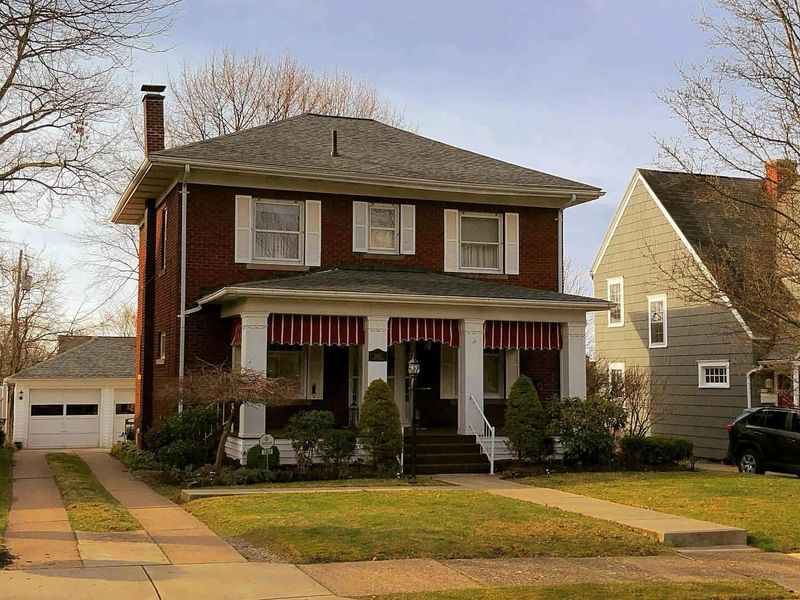
American Foursquare homes dot Cleveland neighborhoods with their practical, boxy shapes and efficient floor plans. These sturdy dwellings emerged as a reaction to ornate Victorian styles, offering simpler designs that maximized living space on smaller city lots.
Built primarily between 1890 and 1930, Foursquares feature cube-like shapes, hipped roofs with dormers, and wide front porches. Their name comes from their four-room-per-floor layout that provides sensible, uncluttered living spaces perfect for growing families.
Detroit-Shoreway and Collinwood neighborhoods contain numerous examples constructed for Cleveland’s expanding middle class. These homes represent American practicality at its finest—substantial without being showy. Their enduring popularity stems from their solid construction, spacious rooms, and adaptability to modern living while maintaining historical character.
7. Prairie-Influenced Facades
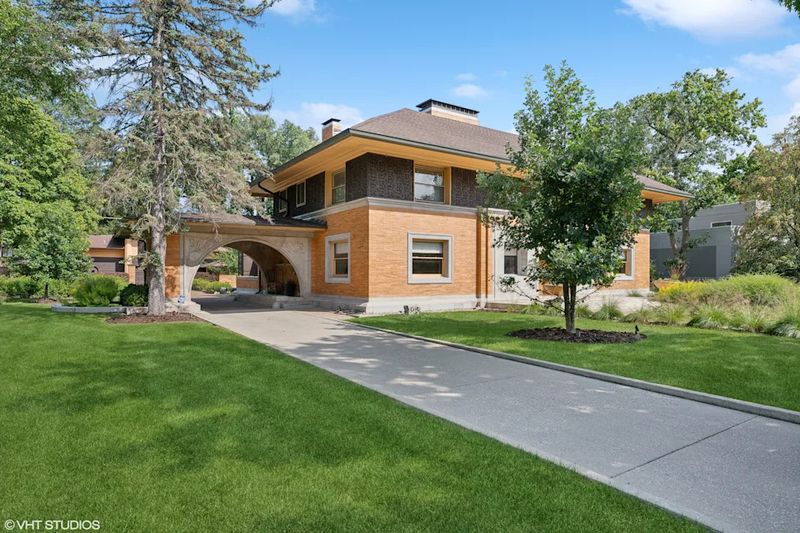
Prairie-influenced facades brought Midwestern architectural innovation to Cleveland’s early 20th century neighborhoods. Inspired by Frank Lloyd Wright’s revolutionary designs, these homes feature strong horizontal lines, wide eaves, and an organic connection to their surroundings.
You’ll notice their distinctive low-pitched roofs and bands of windows that create a sense of harmony with nature. Unlike more ornate styles, Prairie homes emphasize simplicity and craftsmanship rather than decorative excess.
Shaker Heights contains several notable examples where architects embraced these modern principles. Earth-toned materials and geometric details reflect the style’s Midwestern roots. Though less common than other Cleveland architectural styles, Prairie-influenced homes represent an important shift toward modernism in residential design, showcasing Cleveland’s willingness to embrace architectural innovation alongside tradition.
8. Painted Brick Exteriors (Absolute Favorite)
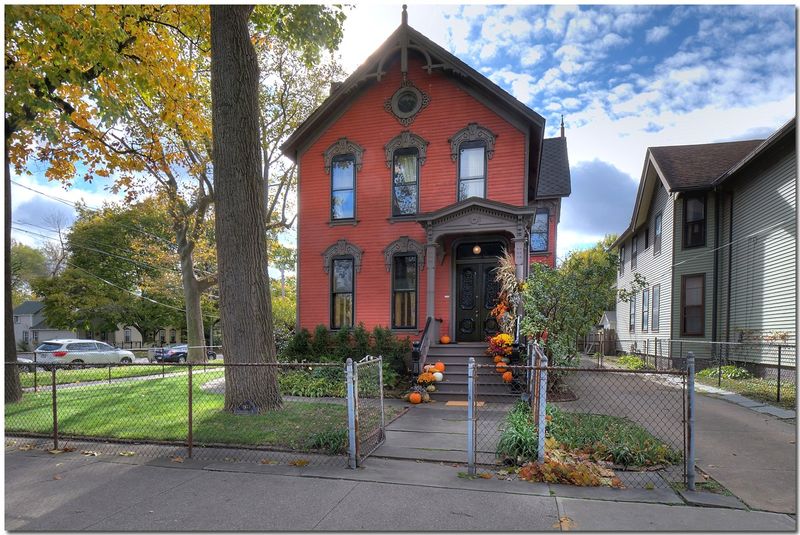
Painted brick exteriors transform Cleveland’s traditional buildings into vibrant streetscape elements. This beloved treatment breathes new life into older structures while preserving their architectural details and historical significance.
Throughout neighborhoods like Tremont and Gordon Square, you’ll find brick buildings sporting crisp whites, soft grays, and occasional bold color choices. The paint not only protects the brick but also allows homeowners to express their personality while maintaining neighborhood character.
What makes this one of Cleveland’s favorite streetfront features is its perfect balance of preservation and personalization. Historical purists might debate the practice, but painted brick has become a signature look in revitalized Cleveland neighborhoods. The technique creates visual interest along commercial corridors and residential streets alike, helping define Cleveland’s evolving architectural identity.
9. Wide Front Porches (Absolute Favorite)
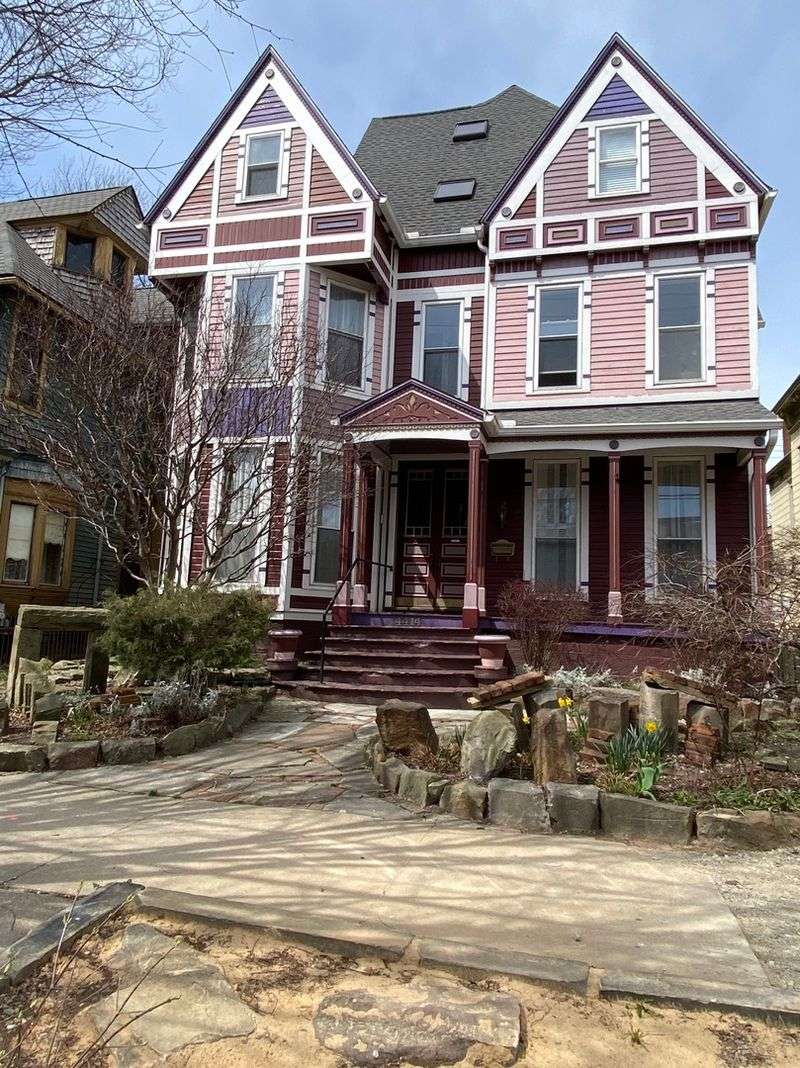
Wide front porches rank among Cleveland’s most cherished architectural features, creating spaces where private homes connect with public life. These generous outdoor rooms extend living space while fostering neighborhood interaction and community building.
From Craftsman bungalows in Lakewood to Colonial Revivals in Cleveland Heights, substantial porches define our city’s residential character. During summer evenings, these porches come alive with conversations, impromptu gatherings, and peaceful moments watching the world go by.
If you’re looking for Cleveland’s architectural soul, you’ll find it on these porches. They’ve witnessed generations of family milestones, neighborhood changes, and Cleveland’s evolving story. Their popularity endures because they serve both practical and social purposes—offering shelter from rain and sun while creating natural meeting places that strengthen community bonds.
10. Arched Entryways (Absolute Favorite)
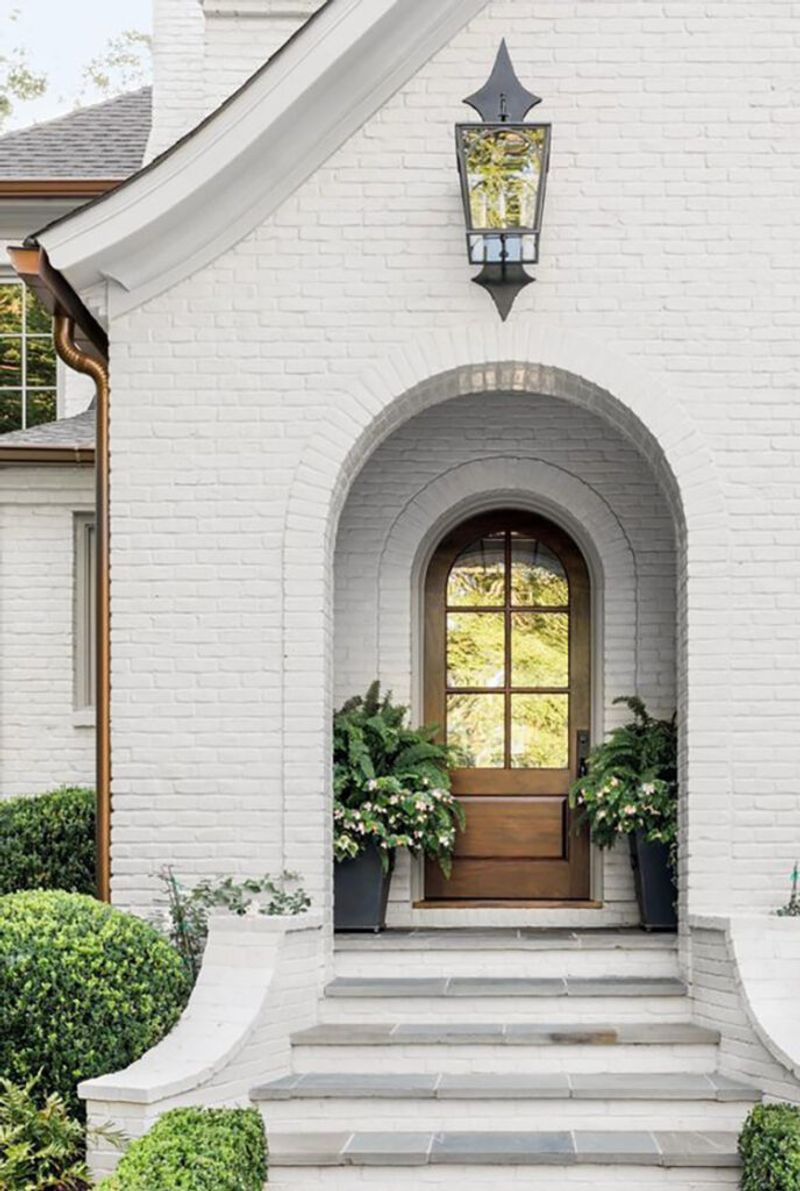
Arched entryways welcome visitors with dramatic flair across Cleveland’s diverse architectural landscape. This beloved design element appears in various styles, from Tudor cottages to Mediterranean-influenced homes and even commercial storefronts throughout the city.
The gentle curve of an arch creates an instant sense of grandeur and craftsmanship. In older Cleveland neighborhoods, these entryways often feature decorative stonework, intricate brickwork, or wooden details that showcase the skills of early Cleveland builders and artisans.
Homeowners and preservationists treasure these distinctive doorways for their character and the way they elevate ordinary buildings into something special. When walking Cleveland’s historic districts, look up to appreciate these architectural gems. Whether simple or elaborate, arched entryways represent Cleveland’s attention to architectural detail and commitment to creating beautiful, welcoming spaces.

